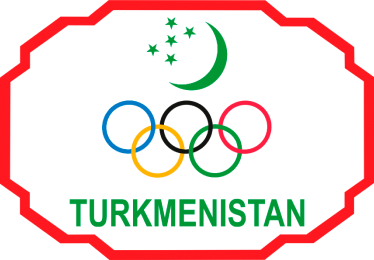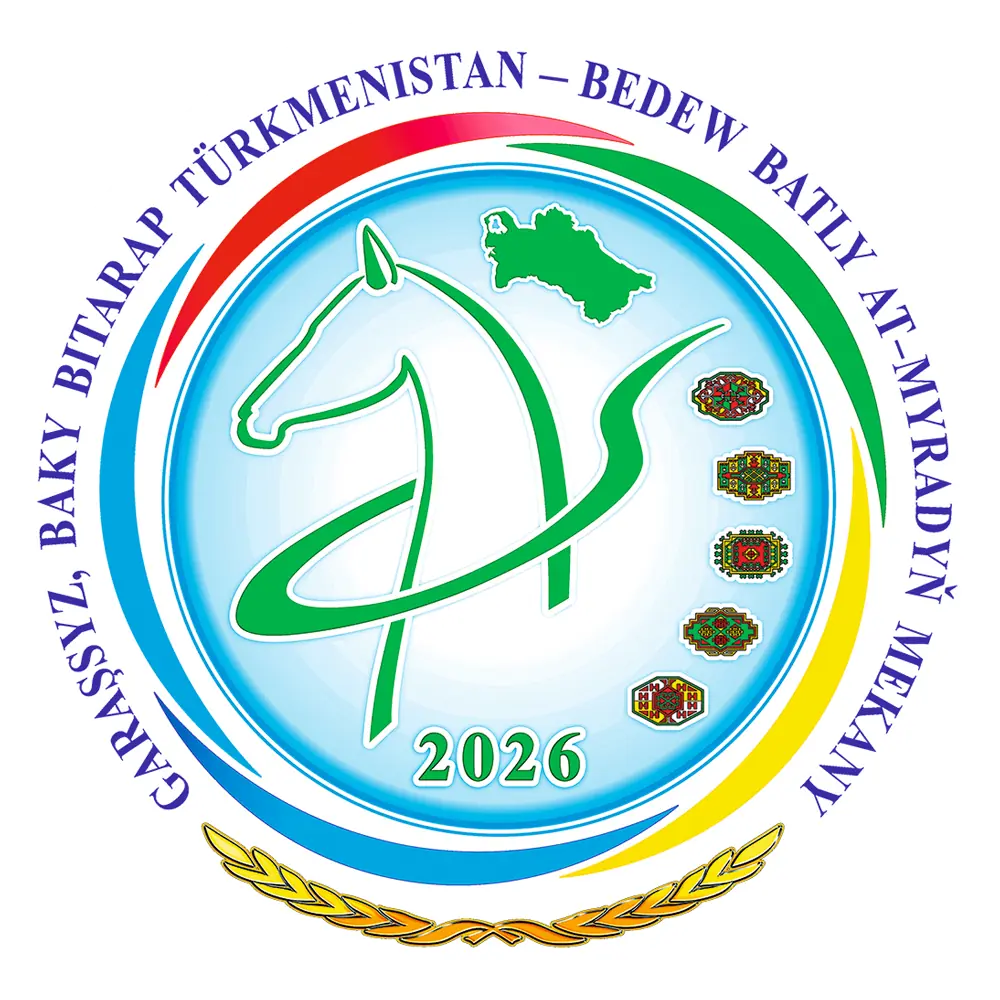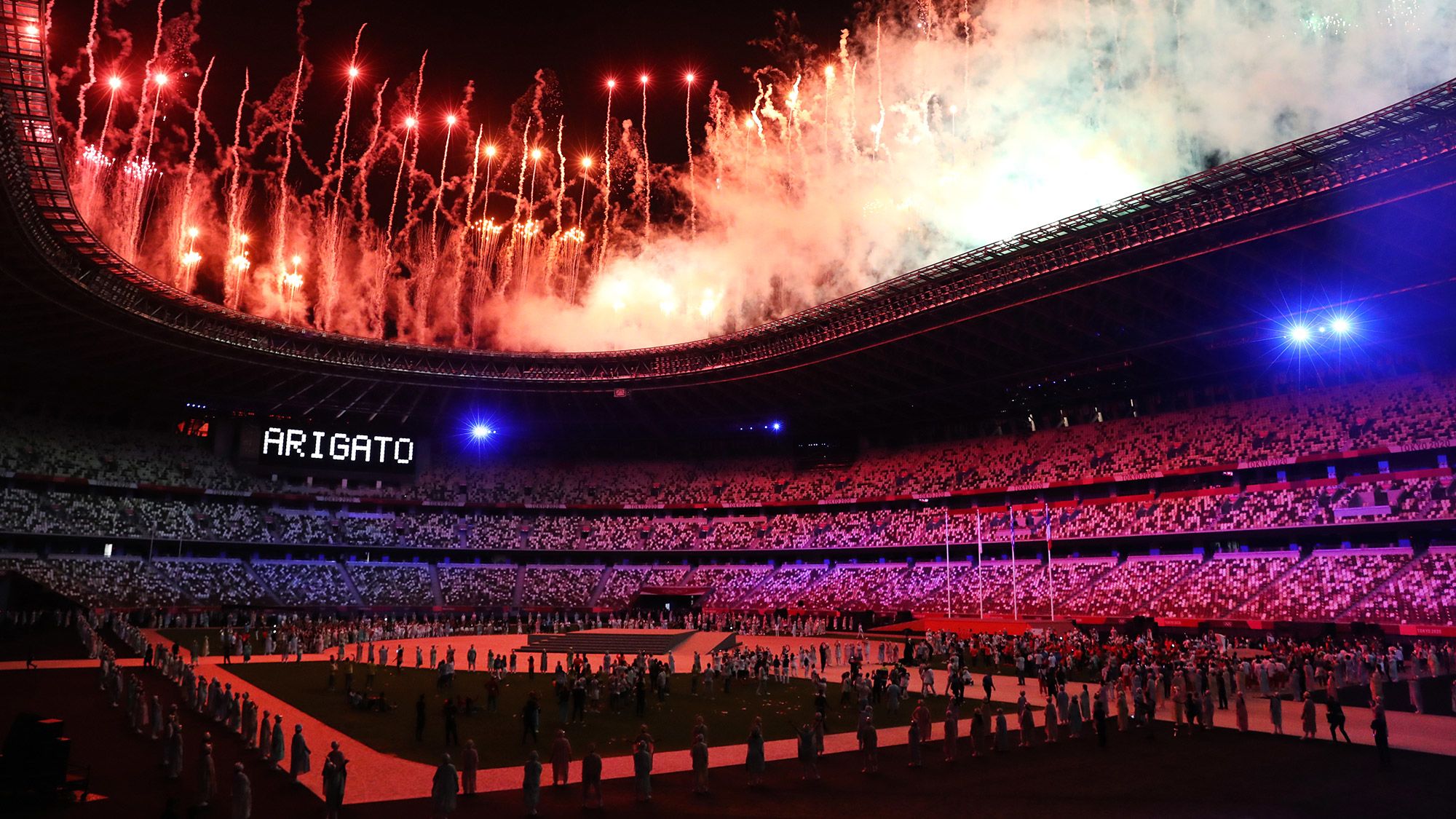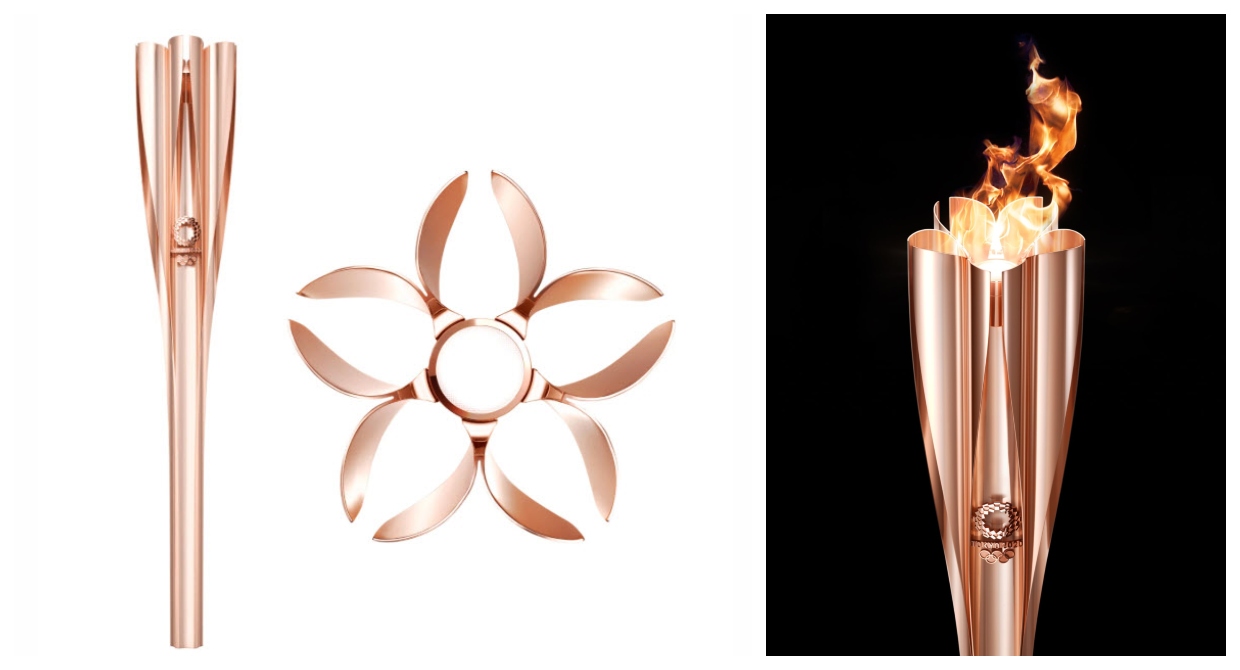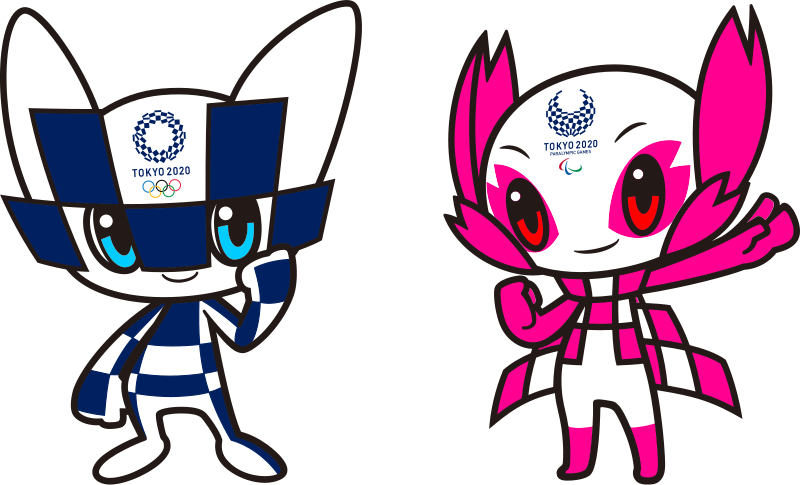
Descripion:
The torch takes its inspiration from the sakura cherry-blossom, a symbolic tree in Japan. It flares out at the top to form five petals from which the flame emerges and which, seen from above, recall the shape of a cherry-blossom flower. The pink colour of the torch is also a reference to the sakura, and the central upper part features the Tokyo 2020 Olympic emblem. The torch features a two-combustion mechanism that produces a high calorific blue flame and a flameless catalytic reaction. This ensures that the flame stays alight and has a reddish colour.
Colour:
Sakura and gold
Length:
71cm
Start date:
12 March 2020, Olympia (Greece)
End date:
23 July 2021, Olympic Stadium, Tokyo (Japan)
First torchbearer:
Anna Korakaki, Olympic participant in shooting (2016, 2020 and in the Youth Olympic Games in 2014), gold and bronze medallist in Rio 2016.
Last torchbearer:
Naomi Osaka, Olympic participant in tennis (2020).
Number of torchbearers:
10,515 in Greece and Japan Recruitment of torchbearers: Applicants could be of any nationality but had to have been born before 2 April 2008 and have a specific connection to the location in which they wanted to carry the torch. Priority was given to people who had been a positive, driving force in their local communities or had demonstrated fortitude in the face of difficult circumstances. Applications were submitted via the Relay Presenting Partners – Coca-Cola Japan, Toyota, Nippon Life and NTT Communications – or the country’s prefectures. Up to five applications were permitted through these various channels, but the same person could be selected only once. Following the postponement of the relay to 2021, priority was given to torchbearers who had already been selected.
Distance:
~ 2,000km covered by torchbearers
Countries visited:
Greece and Japan

